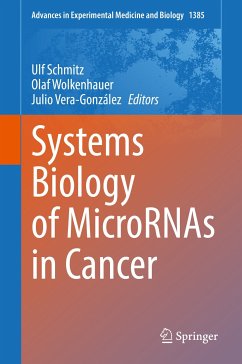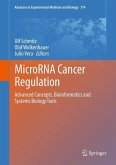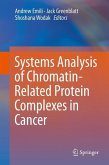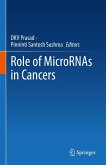Since the early 2000s, microRNAs have been recognized as important and ubiquitous regulators of gene expression. Soon it became evident that their deregulation can cause human diseases including cancer. This book focuses on the emerging opportunities for the application of microRNA research in clinical practice. In this context, computer models are presented that can help to identify novel biomarkers, e.g. in circulating microRNAs, and tools that can help to design microRNA-based therapeutic interventions. Other chapters evaluate the role of microRNAs in immunotherapy, immune responses and drug resistance.
Covering key topics on microRNAs in cancer research this book is a valuable resource for both emerging and established microRNA researchers who want to explore the potential of microRNAs as therapeutic targets or co-adjuvants in cancer therapies.
Dieser Download kann aus rechtlichen Gründen nur mit Rechnungsadresse in A, B, BG, CY, CZ, D, DK, EW, E, FIN, F, GR, HR, H, IRL, I, LT, L, LR, M, NL, PL, P, R, S, SLO, SK ausgeliefert werden.









